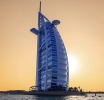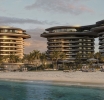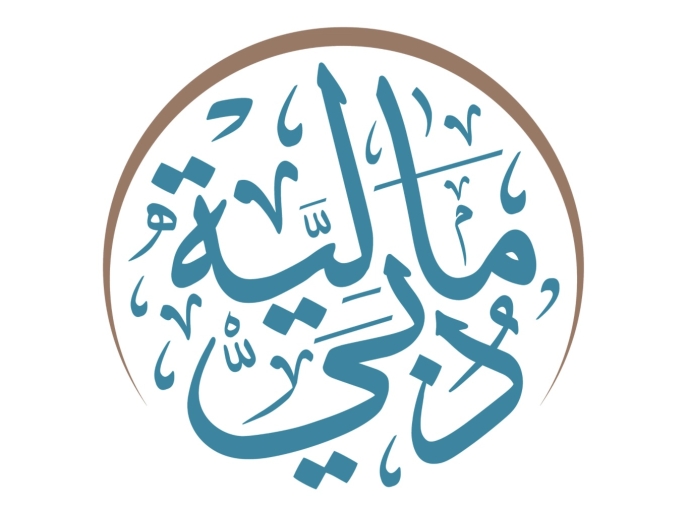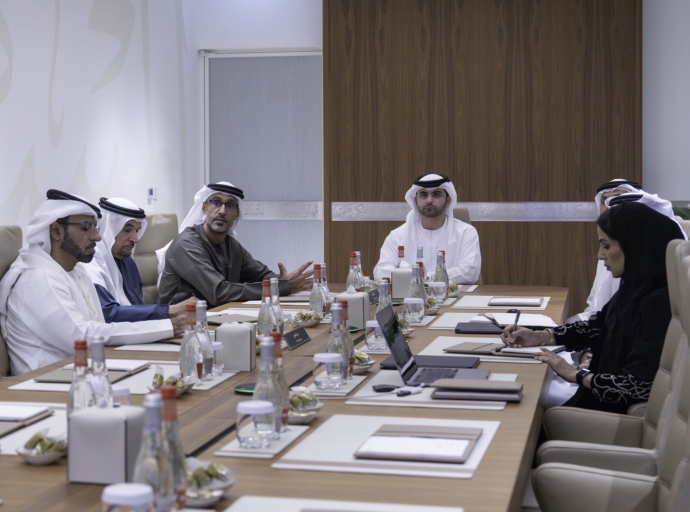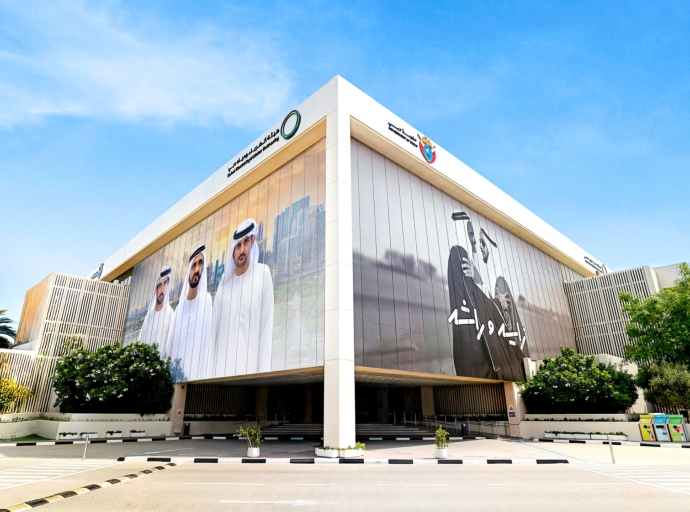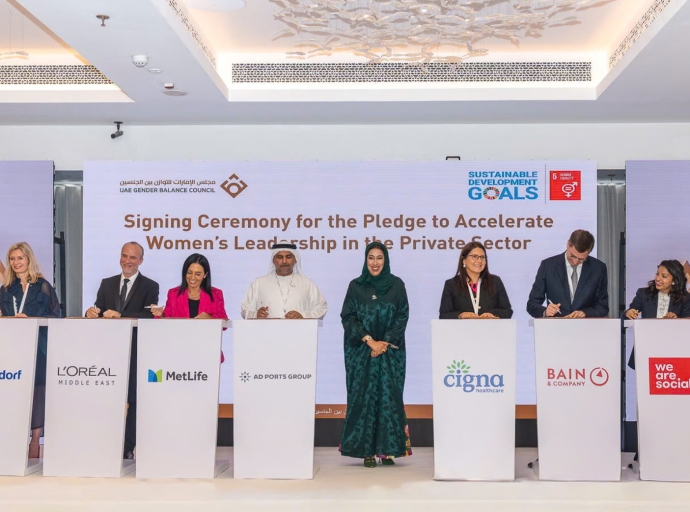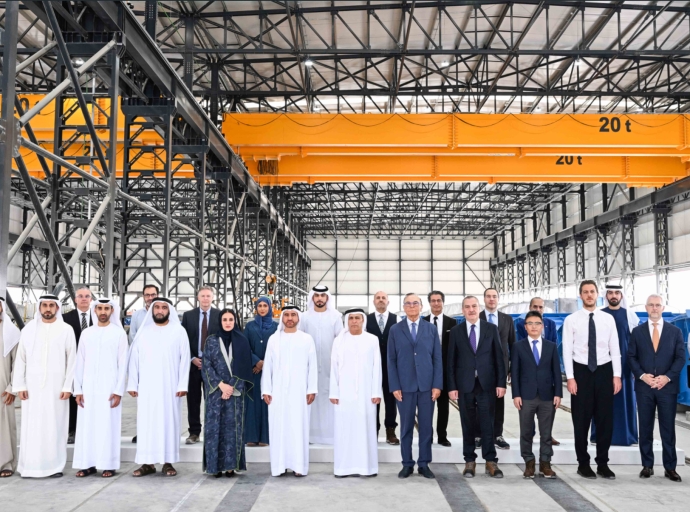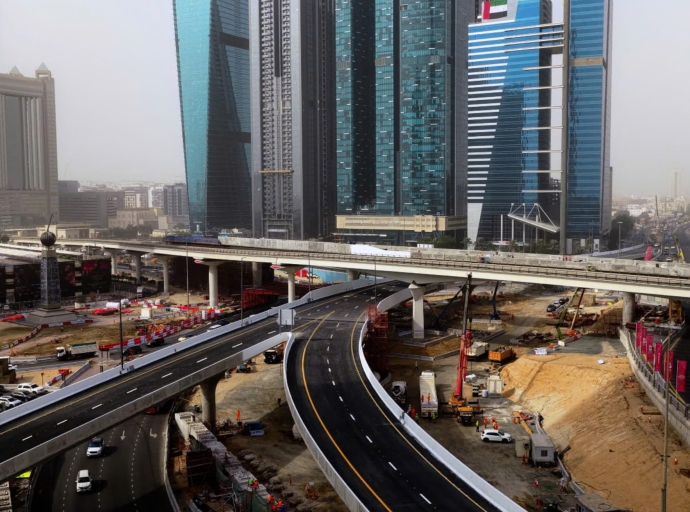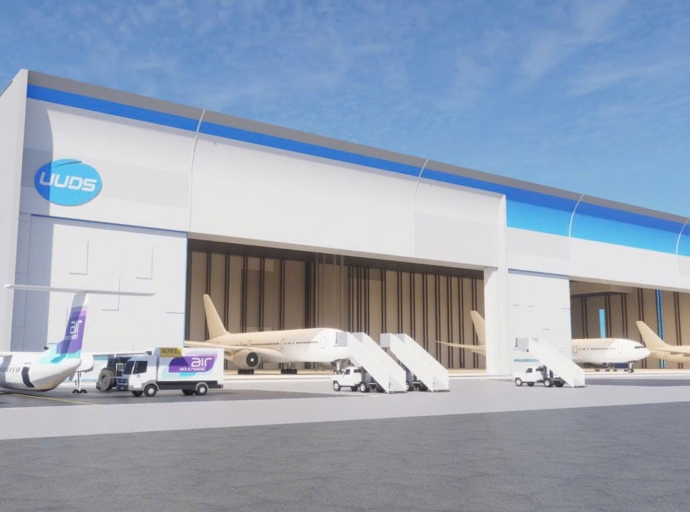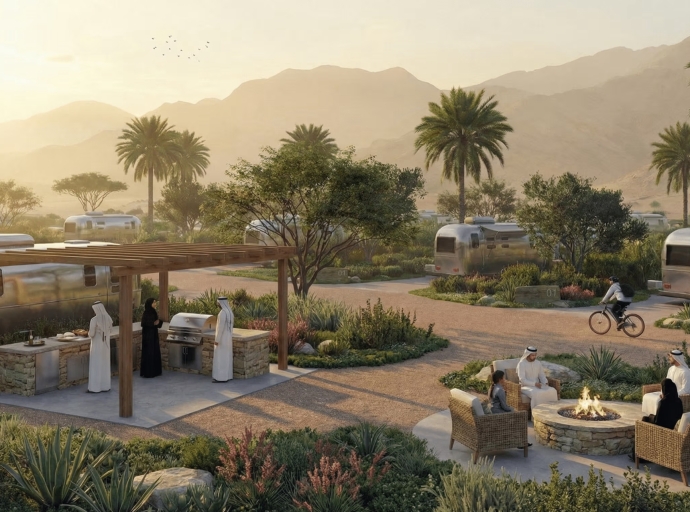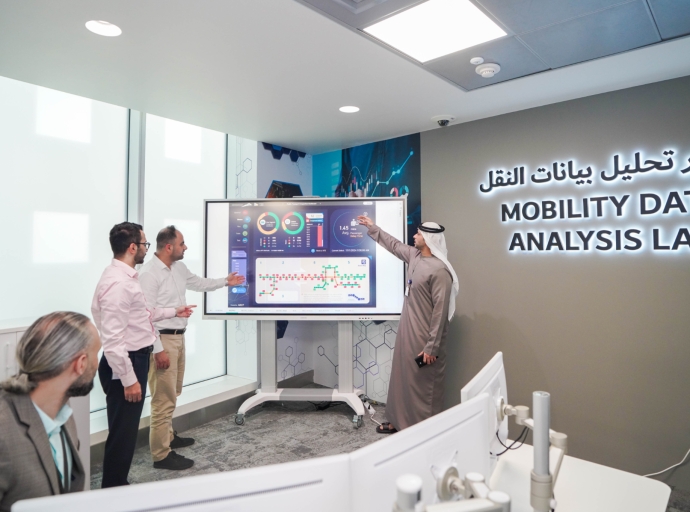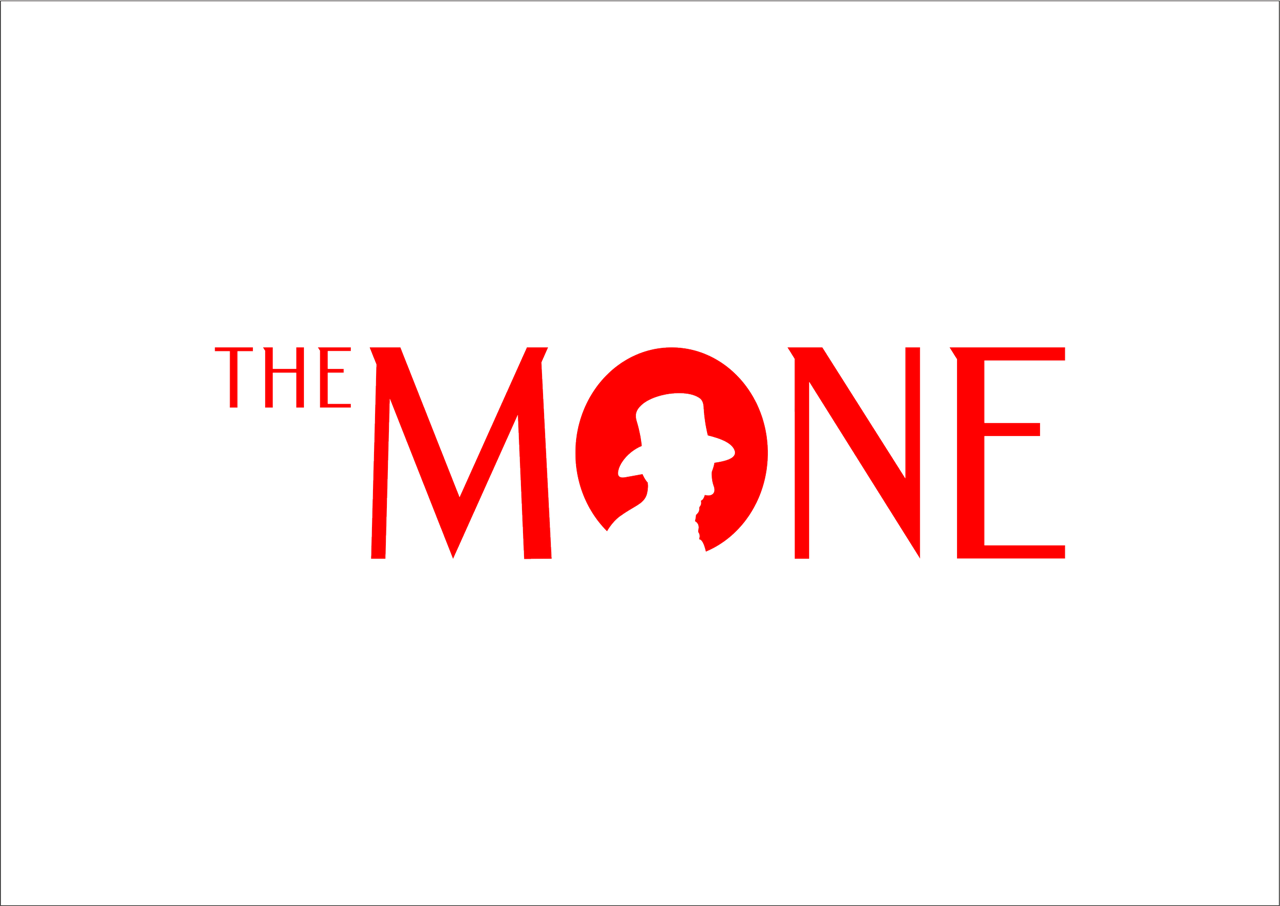DP World has announced the unification of its Marine Services businesses under a single DP World brand, consolidating operations previously known as Unifeeder, P&O Ferrymasters and P&O Maritime Logistics. The move is intended to strengthen the company’s position as an integrated global logistics provider.
Under the new structure, the businesses will operate as Shipping Solutions, Multimodal Solutions and Maritime Solutions. Over the coming months, the former brand names will be phased out across digital platforms, physical assets and customer-facing channels. DP World said leadership teams, operational capabilities and infrastructure will remain unchanged.
The rebranding reflects DP World’s broader strategy to evolve from a port operator into a fully integrated logistics company. The three units cover key segments of global trade, including shortsea and feeder shipping, inland and multimodal transport, and offshore and port-related maritime services.
Shipping Solutions operates a fleet of about 150 vessels, with capacities ranging from 350 to 8,500 TEU, connecting more than 200 ports through over 16,000 port calls annually. Multimodal Solutions manages more than 100 rail services across Europe and the United Kingdom, operates 14 inland terminals and provides logistics services for general, perishable and high-value cargo. Maritime Solutions oversees a global fleet of more than 400 vessels, including 17 multi-purpose cargo vessels designed for complex project cargo, and provides pilotage and towage services in multiple international ports.
Sultan Ahmed bin Sulayem, DP World’s Group Chairman and Chief Executive Officer, said the consolidation reflects the company’s next phase of growth, bringing its marine services together under a single identity while expanding its global logistics offering. Ganesh Raj, Global Chief Operating Officer for Marine Services, said customers are increasingly seeking seamless, end-to-end logistics solutions, which the unified structure is designed to support.
DP World said the alignment builds on earlier brand integrations across its ports, terminals, economic zones and logistics operations, reinforcing its stated objective of integrating its global business under one brand promise.
Photo credits: Government of Dubai Media Office


